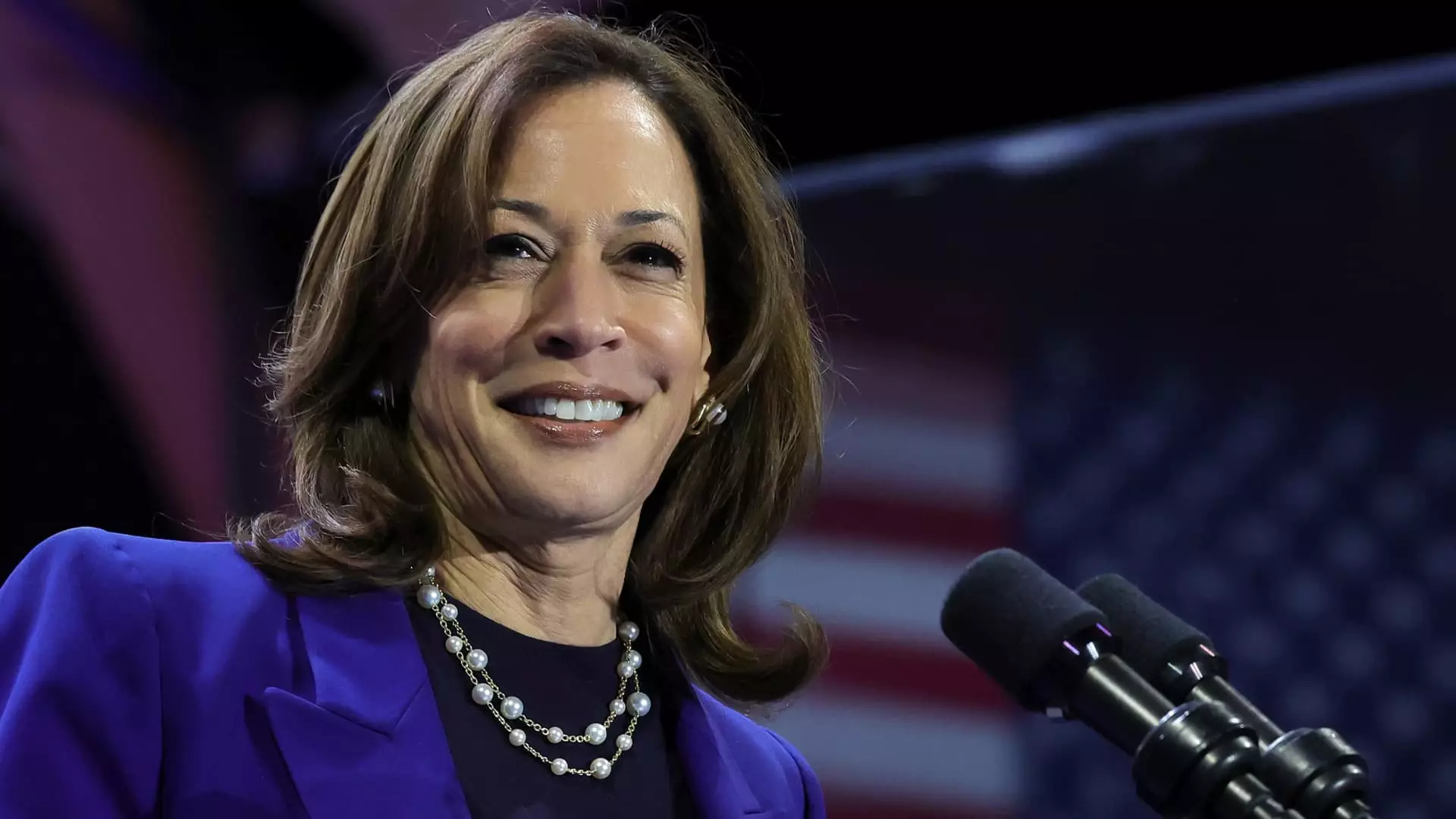In a daring display of electoral unpredictability, Kamala Harris has taken a surprising lead against Donald Trump in Iowa, with recent polling showing her at 47% compared to Trump’s 44%. This revelation, disclosed just three days ahead of the Election Day, is stirring waves of speculation and disbelief among both political analysts and seasoned observers. This development stands as a stark contrast to predictions made earlier in the election cycle, where many maintained that Trump would easily clinch Iowa, a state he has dominated in the preceding two elections.
The Des Moines Register/Mediacom Iowa Poll indicates a significant shift, as Harris has surged ahead by a remarkable 7-point margin since September. Though her lead falls within the 3.4 percentage point margin of error, the momentum she has garnered brings a new narrative to the fore. Renowned pollster J. Ann Selzer, whose firm conducted the survey, acknowledged the unexpected nature of these results, stating, “It’s hard for anybody to say they saw this coming.”
The underlying factors behind Harris’s ascendance can largely be attributed to her overwhelming support among female voters, particularly among older demographics and politically independent individuals. Selzer emphasized that “age and gender are the two most dynamic factors that are explaining these numbers.” This pattern showcases how targeted demographic engagement can significantly impact electoral outcomes, particularly in swing states like Iowa.
Furthermore, it’s important to note the presence of independent candidate Robert F. Kennedy Jr., whose name still appears on Iowa’s ballot even after his decision to back Trump. This could potentially divert some votes, as evidenced by the 3% of poll respondents who indicated support for him, pushing the dynamics further into unexpected territory.
A glance back at the state’s voting patterns reveals how dramatically public sentiment can shift. In September, Trump held a 4-point advantage over Harris, while he led by a staggering 18 points against Joe Biden earlier in June. Such fluctuations reveal not only changes in voter sentiment but also highlight how rapidly the electoral landscape can evolve over a few months. Trump’s victories in Iowa in both the 2020 and 2016 elections solidified his reputation in the state as a formidable candidate.
In light of these recent developments, the Trump campaign has been quick to dismiss the Des Moines Register poll as an outlier, pointing instead to an Emerson College poll conducted recently that showed a 10-point lead for the former president. The contrasting narratives from these polls raise essential questions about the reliability and interpretation of polling data in a politically charged environment.
As Election Day approaches, the surprising lead for Kamala Harris serves as a timely reminder of the unpredictability of politics. Voter sentiment can shift dramatically, influenced by various factors including demographics, campaign strategies, and unfolding political events. The current atmosphere surrounding the Iowa polls exemplifies the necessity for both campaigns to engage earnestly with voters, as the stakes have never been higher. Political analysts and voters alike should observe upcoming polls with cautious optimism, understanding that the ground may still shift leading to Election Day.


Leave a Reply